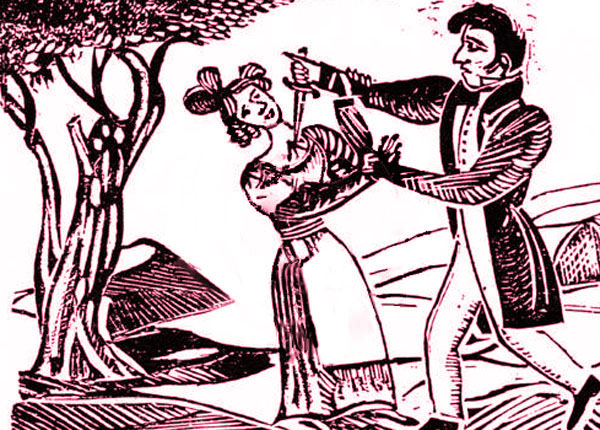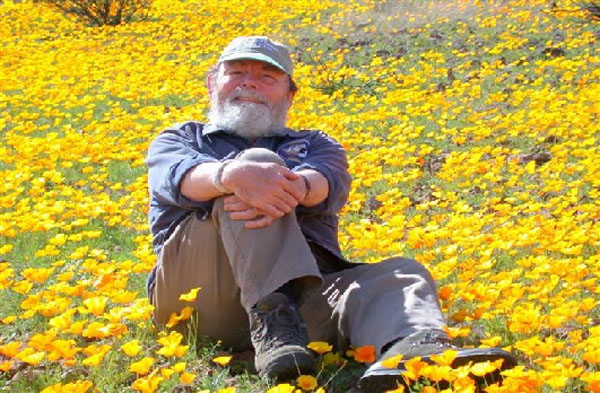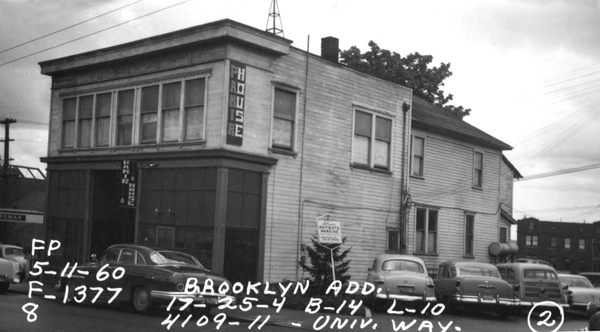
What is a “folk song”? This is a question that has been raised over many years with no agreed-upon answer. Here we explore the origins of this term, and the collection of these songs. Continue reading “What Is A Folk Song? by Stewart Hendrickson”

What is a “folk song”? This is a question that has been raised over many years with no agreed-upon answer. Here we explore the origins of this term, and the collection of these songs. Continue reading “What Is A Folk Song? by Stewart Hendrickson”

The late Kenneth Goldstein of Philadelphia was one of the great American folklorists. (He was also a generous man who shared his knowledge and vast library of recordings, books, etc., and his home, with people like me. I will be ever grateful to him and his gracious wife Rochelle for their hospitality.) Every couple of years I’d ask Dr. Goldstein his current definition of “folk music”. It was ever-changing. The first time I asked him, he told me that folk music was “anything sung by a small group of people for the entertainment of those people at that time“. Continue reading “If You Know Who Wrote It, It’s Not A Folk Song, by Michael Cooney”

According to legend, coffee was discovered in Ethiopia in the ninth century, first roasted, ground, and brewed by the Turks, then brought to Europe by Venetian traders. Coffee quickly spread throughout Europe and the first coffeehouse in England opened around 1650. Coffeehouses became known as “penny universities” because one could get a fairly good education sitting with a cup of coffee (a penny a cup) and listening to learned men as they discussed matters of great import. Not many years later, coffeehouses opened in Boston and Philadelphia, and were frequented by artists, poets, philosophers, and revolutionaries—like Benjamin Franklin and Thomas Paine. Continue reading “Seattle Coffeehouses during the “Folk Revival” of the 1960s, by Don Firth”